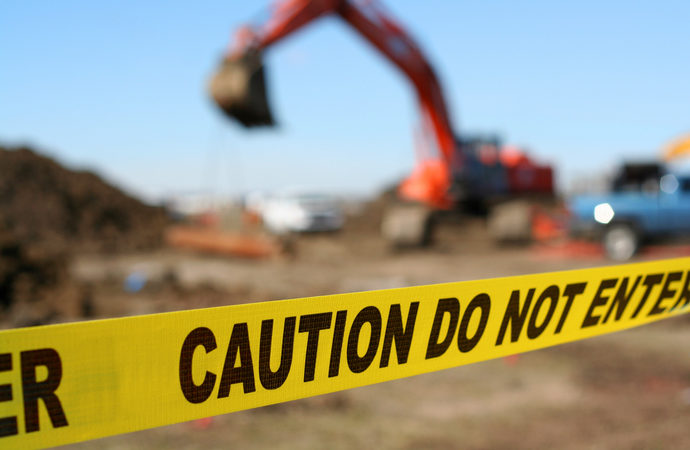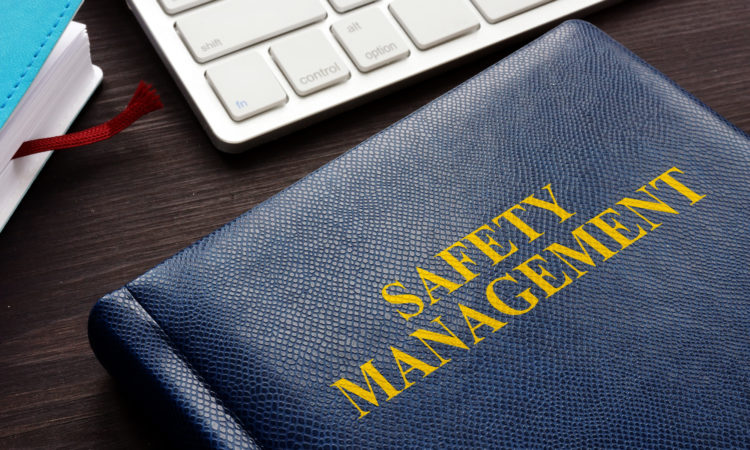Summer is here, and so is the sun. That means many people will try to stay cool while working and many businesses relax dress codes to allow for shorts and sandals. But workplace hazards do not take a summer vacation, and the hot weather also brings its own dangers. A previous blog post addressed steps employers could take to prevent heat illness. Not only should employers implement heat illness prevention programs, but they must continue to make sure workers wear their personal protective equipment (PPE)…
Continue reading...
In many ways, Workers’ Compensation (WC) and the Occupational Safety and Health Administration (OSHA) are very different. WC is a statutory compensation scheme designed to limit an employer’s liability in exchange for more expedient payment of medical expenses, wage replacement, and death benefits. Most of these individual state-based compensation acts were in place long before OSHA was created with the OSH Act of 1970. OSHA, on the other hand, is part of the U.S. Department of Labor and was created to assure safe and healthful…
Continue reading...
Continue reading...
Congress created OSHA to assure safe and healthful working conditions for workers by setting and enforcing standards and by providing training, outreach, education, and assistance. While many employers view OSHA solely as a governmental enforcement agency, and some have adopted the view that it always must be “us versus them,” OSHA does offer no-cost, penalty-free assistance to employers.
OSHA’s On-Site Consultation program provides confidential consultation services that target small- to medium-sized businesses in all 50 states, the District of Columbia, and several United States territories.…
Continue reading...
Continue reading...
In many ways, workers’ compensation (WC) and the OSHA are very different. WC is a statutory compensation scheme designed to limit an employer’s liability in exchange for more expedient payment of medical expenses, wage replacement, and death benefits. Most of these individual state-based compensation acts were in place long before OSHA. OSHA compliance and related issues are often marshalled by safety professionals and might be considered the pre-accident or injury prevention piece. WC is often comprised of risk management personnel and takes the stage once…
Continue reading...
Continue reading...
OSHA issued a final rule on May 13, 2019 that revises 14 provisions in the recordkeeping, general industry, maritime, and construction standards. Citing concerns that the previous iteration of the standards were “confusing, outdated, or unnecessary,” OSHA first proposed the changes in October 2016. The revisions were completed as part of OSHA’s Standards Improvement Project, which began in 1995 in response to Presidential Executive Order 13563, “Improving Regulations and Regulatory Review.” Prior revisions under the improvement project were issued in 1998, 2005, and 2011.
Among…
Continue reading...
Continue reading...
OSHA recently announced the receipt of $10.5 million in Susan Harwood Training Grants. This grant money can be used by employer associations, labor unions, joint labor/management associations, Indian tribes, colleges and universities, and for nonprofit organizations, including community and faith-based groups.
The Harwood Training Grant program supports hands-on training for employers and employees working in industries with high injury, illness, and fatality rates. Additionally, these grants are aimed to aid underserved vulnerable workers, especially temporary workers and those with limited English language proficiency skills.
These…
Continue reading...
Continue reading...
New York City takes its approach to safety for its construction workers seriously. At least that’s the idea. In 2017, New York City Council members approved Local Law 196. It requires that all workers entering a New York City construction site undergo a combination of training courses administered by OSHA – including OSHA 10 and OSHA 30 — or a 100-hour program approved by the New York City Department of Buildings. Initially, all workers were supposed to complete their training by December 2018. However, in…
Continue reading...
Continue reading...
OSHA requires that employers provide a workplace free of known safety hazards – this includes protecting workers from heat-related illnesses. Beginning in 2011, heat safety became a focus of OSHA with its Heat Illness Prevention Campaign which includes tailored training, publications, and outreach programs designed to educate employers on the dangers of working in heat.
When it comes to preventing heat illness, it is important to think ahead. It is common sense that the risk of heat-related illness becomes greater during the late spring and…
Continue reading...
Continue reading...
OSHA has issued a Process Safety Management standard pertaining to Highly Hazardous Chemicals (HHCs), which is contained in 29 CFR 1910.119. The standard identifies the requirements associated with management of Highly Hazardous Chemicals and aims to prevent unwanted and/or unplanned release of HHCs in the workplace.
Any company, large or small, involved in on-site storage, handling and/or moving of a HHCs (defined by 29 CFR 1910.119) at or above the threshold quantity set by OSHA must comply. Some examples of small businesses with potential PSM…
Continue reading...
Continue reading...
There is no disputing that taking a proactive approach to safety and ensuring compliance within your company is not only prudent – but critical – for employers. It is equally critical, however, that employers understand the benefits and potential liabilities that initiating these measures can create. This post will break down the “dos” and “don’ts” of internal safety audits.
First and foremost: as a general rule, you should never engage in a voluntary safety audit if you are not prepared and willing to…
Continue reading...
Continue reading...
















